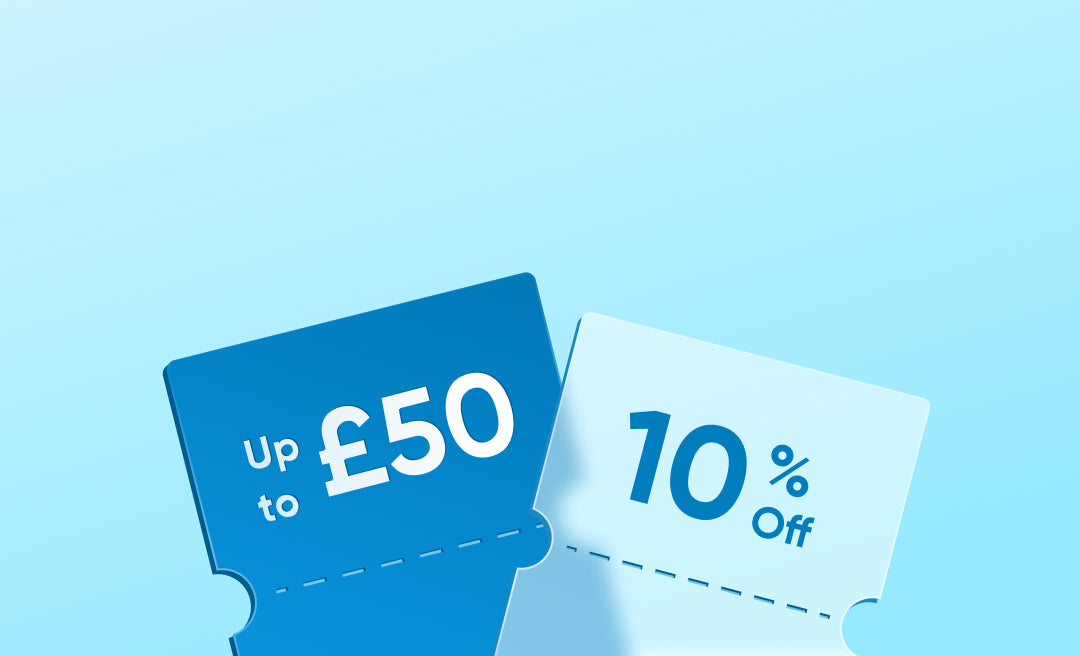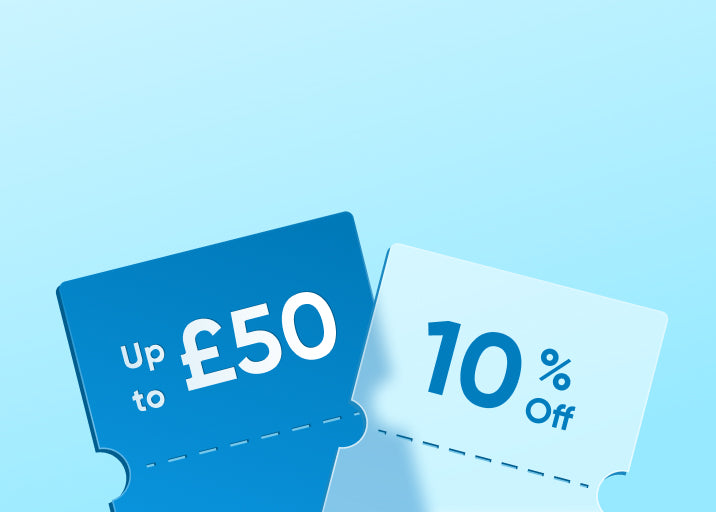Breast tingling is a common, yet sometimes puzzling sensation experienced by many breastfeeding or pumping mums, especially those new to the journey. For some, it feels like a gentle prickling; for others, it’s more of a rush or ache. You may be wondering, “Should I pump when my breasts tingle, or should I just wait it out?”
The truth is, breast tingles can mean different things depending on your body’s signals. In this guide, you’ll find out what those sensations really mean, when pumping can help, and when it’s best to pause and let your body adjust.

What Causes Breast Tingles?
Breast tingling can happen for several different reasons. Some are completely normal, while others may signal something that needs attention:
- Let-down reflex: This is the most common cause. As oxytocin is released, milk starts to flow, and many mums feel a tingling or pins-and-needles sensation. Some notice it every time; others don’t feel it at all.
- Engorgement: When your breasts become overly full, the stretching can create an achy or tingling feeling. If it isn’t relieved, it can sometimes lead to blocked ducts.
- Blocked duct: A tender lump or sore patch often points to milk getting stuck in one spot. Tingling or discomfort may be an early sign.
- Mastitis: Inflammation of the breast can start with tingling or sensitivity, then progress to pain, redness, swelling, and flu-like symptoms. This needs prompt attention.
- Thrush (Candida): A yeast infection can cause burning, itching, or sharp pains that may feel like tingling. It usually affects both you and your baby, and both need treatment.
- Raynaud’s/vasospasm: Reduced blood flow to the nipple can cause sharp, throbbing pain along with colour changes (white, blue, then red). Cold often triggers it, and warmth usually helps.
- Other Causes: Ill-fitting bras, breast cysts, costochondritis, vitamin B12 or iron deficiencies, neuropathy, chemotherapy, hyperthyroidism, or physical strain can also trigger tingling.
Should You Pump When Your Breasts Tingle?
The short answer to “Should I pump when my breasts tingle after a feeding or pumping session?” is sometimes yes, sometimes no. It really depends on what’s causing the sensation.
If the tingling is simply your let-down reflex, you can choose to hand-express or use a breast pump if you want to collect milk or prevent leaking. Many mums find it a handy time to express. But if you’re comfortable, you don’t need to do anything. The feeling will usually pass on its own.
When tingling comes with full, heavy breasts, offering a feed is usually the best first step. If your baby doesn’t ease the fullness, you can try a short, gentle pump or hand expression just to take the edge off.
If you’re dealing with a blocked duct, pumping can help, but feeding frequently is even more effective. Positioning your baby so their chin points toward the sore spot often helps clear it. If you still feel uncomfortable, gentle pumping or hand expression after a feed may relieve the pressure.
For mastitis, the rule is to keep milk moving. Carry on breastfeeding if you can or use a pump if your baby isn’t feeding well. Don’t stop expressing; it can make things worse. At the same time, get medical advice quickly, especially if you have fever, flu-like symptoms, or worsening pain.
Other causes need a different approach. With thrush, you can keep feeding and only pump for comfort while you follow a treatment plan with your healthcare provider. If it’s Raynaud’s (nipple vasospasm), pumping won’t solve the problem, as the tingling comes from blood flow rather than milk flow. In that case, keeping your breasts warm and getting support from your GP is the best route.
The bottom line? Pumping when your breasts tingle is safe in many situations, but it isn’t always necessary. If you’re unsure why you’re tingling, or if expressing makes the discomfort sharper, reach out to your midwife, health visitor, or lactation consultant for personalised support.
How to Manage Breast Tingles?
Breast tingles are usually a sign that milk is on the move, but they can still feel uncomfortable or confusing. Here are simple ways to ease the sensation:
Start with Feeding and Hand Expression
The easiest way to ease tingling is to put your baby to the breast. If it’s just the let-down reflex, the sensation usually settles once milk begins to flow. When your breasts still feel overly full, hand-express a little milk to soften the area before latching or to relieve pressure. Think of this as taking the edge off, not emptying the breast.
Use Warmth and Cool Wisely
Applying gentle warmth just before a feed or short pumping session can help trigger let-down. Afterwards, a cool compress can soothe swelling and discomfort. Be cautious not to overuse heat, as too much can make engorgement worse.
Keep Massage Gentle
Massage can help but keep it light. Avoid deep or aggressive pressure, which may irritate or damage breast tissue. Gentle, sweeping strokes are safer and often just as effective.
Pump Comfortably
If your baby isn’t latching well or not ready to feed, you can pump to relieve fullness and collect milk. When using a breast pump, keep sessions short and settings gentle. Ensure the flange fits correctly; your nipple should move freely without rubbing.
The eufy Wearable Breast Pump S1 and the S1 Pro are designed to make pumping more comfortable. Both include the HeatFlow™ warming in the flange, which aligns with the “warmth-then-express” approach and can make let-down more comfortable.
With OptiRhythm™ app control, you can easily adjust suction, rhythm and speed to suit your needs. They’re also quiet (about 46 dB), leak-resistant with a double seal, include flange sizes from 17–24 mm for a more precise fit, and offer hospital-grade suction up to 300 mmHg.
The S1 is a compact, good-value choice with battery life for 4–6 sessions. The eufy Wearable Breast Pump S1 Pro adds a portable charging case that lasts up to five days, perfect for busy working mums who need a discreet way to pump whenever that familiar rush or fullness sets in.
{{component:"product", handle:"t8d04321", sku:"T8D04321"}}
Seek Support If Needed
If tingling persists, or you’re unsure what’s causing it, reach out to your midwife, health visitor, or an IBCLC. Personalised support can save a lot of discomfort and give you peace of mind.
When Should You Avoid Pumping
Pumping can be a great way to ease fullness and collect milk, but there are moments when holding back is actually the healthier choice. Here are the main times to avoid pumping, or at least keep it to very short, comfort-only sessions:
- You’re trying to settle oversupply, or you’re inflamed: Don’t pump to “empty” the breast. Express just enough to feel comfortable, then stop. Longer or frequent sessions can trigger your body to make even more milk and prolong the problem.
- Mastitis symptoms: Keep milk moving, but don’t express more than your baby would normally take. Over-expressing can increase inflammation. If symptoms don’t improve within 24 hours, speak with your GP.
- Pain or swelling that gets worse with pumping: This may signal a poor flange fit or suction that’s too strong. Adjust settings or check your pump before continuing.
- Blocked or tender areas: Avoid heavy massage or intense pumping sessions. Gentle feeds, light expression, and mild strokes are safer than pressure that can irritate tissue.
- “Just in case” pumping: Regularly expressing when your baby doesn’t need it can boost supply unnecessarily and worsen discomfort. Stick to your baby’s cues and express only for relief.
If you’re unsure or find that tingling feels sharper after pumping, reach out to your midwife, health visitor, or an IBCLC. A quick check and tailored guidance can save you time, stress, and discomfort.
Conclusion
Breast tingles can mean many things, from a normal let-down reflex to fullness, blocked ducts, or even early mastitis. Knowing when and how to respond makes all the difference. Sometimes expressing helps, but other times rest and gentle care are enough. If you’re wondering “Should I pump when my breasts tingle?”, the key is to listen to your body, use comfort measures wisely, and reach out for professional support if symptoms persist. Every mum’s experience is unique, and the right approach is the one that keeps both you and your baby comfortable and well.
FAQs
How to stop breast tingling?
A tingling sensation during breastfeeding or pumping is often your body’s natural milk “let‑down” reflex, usually harmless. To ease it, try using warm compresses before feeding or pumping to encourage milk flow, and cool packs afterward to soothe. Check your pump shield or baby’s latch for proper fit to avoid discomfort. Express just a little milk if you’re engorged, stay well‑hydrated, wear a supportive but not tight bra, and seek help from a midwife or lactation specialist if it persists or becomes painful.
What does tingling sensation in the breast mean breastfeeding?
A tingling sensation in the breast during breastfeeding often signals the let-down reflex, when milk flows into the ducts in response to your baby’s suckling or from emotional triggers like a baby’s cry. Some mums feel a light pins-and-needles sensation, while others experience strong tingling or mild discomfort. It may also be accompanied by milk leakage, cramping, thirst, or a sudden sense of relaxation.
Can tingly breasts be a sign of infection?
Sometimes, yes. Tingling alone is usually nothing to worry about, but if it comes with pain, redness, swelling or a fever, it could be a sign of mastitis or another infection. Mastitis affects around one in ten breastfeeding women and often starts suddenly, with breast pain, warmth, redness and flu-like symptoms. If you notice these changes, it’s important to see your GP promptly so you can get the right treatment.













